Cloves
Although the time and manner of introduction of cloves into Sri Lanka is not known, it is speculated that the Arabs or colonialists brought the crop to the island, since Sri Lanka was a major market for spices.
Cloves are the unopened flower buds of a tree in the Myrtaceae family. The evergreen tree is called Eugenia caryophyllus. The clove tree is of medium size and has a smooth bark. By distilling the flower buds, the leaves or even the branches remaining after the removal of the flower buds, clove oil is obtained.
Varieties
Whereas there has not been any identification of specific varieties, certain trees produce large sized clove buds. These are known as Bothal Karabu.
Growing Areas
Cultivation of cloves is largely practiced in the wet zones of the mid country. Such areas include the districts of Matale, Kegale, and Kandy. However, growing of clove is also being considered in the low country.
Soils
The best soils for growing of the clove plant are the deep rich loams that have a high content of humus. The crop also thrives well in laterite soils. Sandy soil does not favor the growth of clove. When selecting the land to be used in the cultivation of clove, a well drained land should be considered. A water logged land would largely inhibit the growth of this plant.
Climate
Clove thrives well in a humid tropical climate. The preferred elevation is from sea level to about 1000m. Annual temperature should be averaged at about 20 to 30 0C without any variations. Abundant rainfall of about 2000mm is also required. For good flowering, there is necessity for alternation of dry and moist seasons. Nonetheless, the clove crop is not resistant to drought. It should also be noted that strong winds may damage the crop. Additionally, shade is required for the first two years of growth after which clove should be exposed to light.
Cultivation
Planting is through the use of seeds. These seeds are obtained from ripe fruits. Since viability of the seeds is lost within two days, their collection should be prompt. Polythene bags containing manure and soil are used for sowing of seeds in nurseries. The seedlings are then transferred into the field after a period of about 20 months. Adequate application of manure and fertilizer is also advisable.
Other than wilting of nursery plants, serious cases of pest and disease invasion have not been witnessed in Sri Lanka.
Harvesting
A change of the flower petals’ color to yellow pink indicates the clove buds are ready for harvesting. Harvesting season is between December and April. In Sri Lanka, the yield of dried cloves is averaged at about 250kg per hectare.
Uses
Cloves are used in pharmaceutical, perfume industries and for food preparation. Some western countries also use them as painkillers in dentistry. Skin disorders like pimples and acne can also be treated using clove oil because of its anti-bacterial and antifungal properties. Due to their strong smoky flavor, cloves are used as ingredients in various foods especially the western and eastern cuisines.


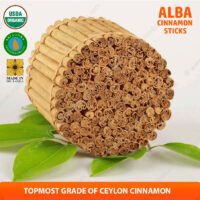
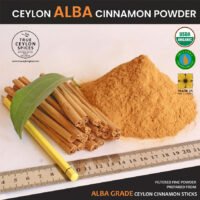
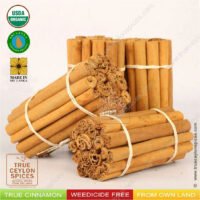
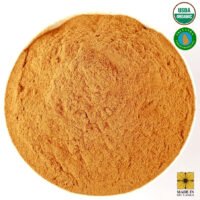
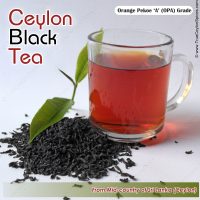
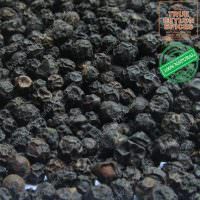
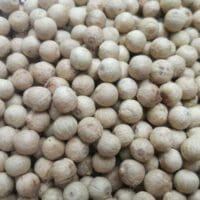
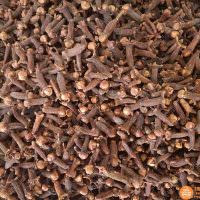
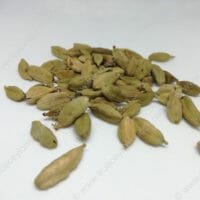
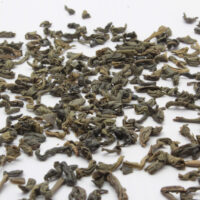
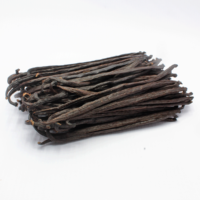
Just recieved my alba cinnamon sticks, it took a long time to get to me, but it was WELL worth it! Best cinnamon I’ve ever tasted! I will be ordering again in the near future. I am looking forward to trying other products as well. It will be worth the wait again!
We are sorry for the shipment delay due to COVID-19 pandemic.